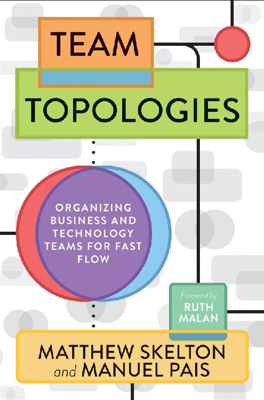Team-First Thinking
Emphasizing Team-First Approaches in Organizational Structures
Building and evolving effective teams is essential for handling the complexities of modern software-rich systems. Experts stress that cohesive teams outperform individual efforts, especially in environments requiring substantial problem-solving and handling vast amounts of information. Embracing a "team-first" approach enhances both the creativity and execution capabilities of groups, particularly when the organization promotes stable, long-lived teams.
Optimizing Team Size and Composition
The optimal size for teams is generally between five to nine members, a sizing guideline supported by anthropologist Robin Dunbar’s principle which notes cognitive limitations in group interactions and trust. Keeping software development teams within this range helps maintain trust and communication, which are critical for agile and effective software delivery.
Longevity and Stability of Teams
Teams need time to mature into effective units. For instance, new teams may take up to three months to operate cohesively, demonstrating that stability in team composition significantly boosts efficiency over time. In scenarios where teams have just reached their optimal operational state, reassigning team members could be counterproductive, disrupting the established dynamics and reducing overall performance.
The Concept of Team-First Architecture
Organizations should consider aligning their architecture strategies with their team structures. This alignment means that team configurations should ideally influence and adapt to the architectural needs. For instance, if a team is responsible for a specific service or product, the architecture of that system should enable the team to have autonomy, enhancing ownership and accountability.
Cognitive Load Management
Maintaining an effective cognitive load is pivotal in ensuring that teams do not get overwhelmed, which could jeopardize their efficiency and the quality of software they develop. The cognitive load must match the team's capacity to handle complexity, which involves being mindful of the technical and operational scopes assigned to them. Therefore, strategies such as the division of responsibilities or the structuring of problems to fit within a team’s cognitive threshold are vital for sustainable software development.
Encouraging a Supportive Environment for Team Development
Teamwork thrives in an environment that fosters mutual respect, trust, and a collective focus on team rather than individual achievements. Organizations should support their teams with continuous learning opportunities and motivational systems that reward team efforts towards achieving shared goals. Embracing diverse perspectives within teams also enhances creativity and problem-solving capabilities, leading to more innovative and effective software solutions.
By implementing these strategies—focusing on appropriate team sizes, fostering long-term team stability, aligning architecture with team structures, managing cognitive load effectively, and nurturing an enriching team culture—organizations can significantly enhance their software delivery outcomes.
